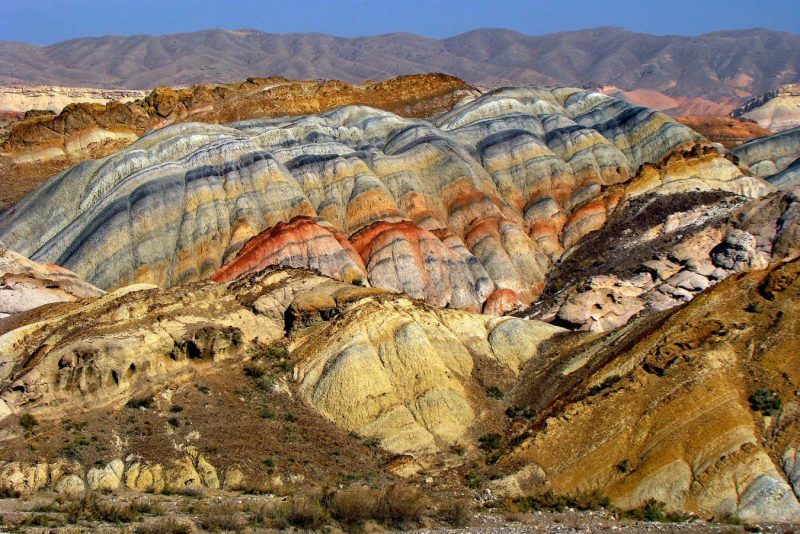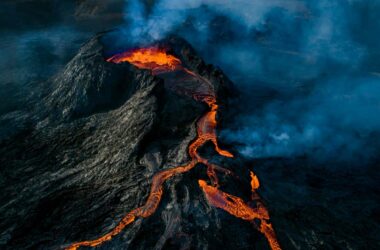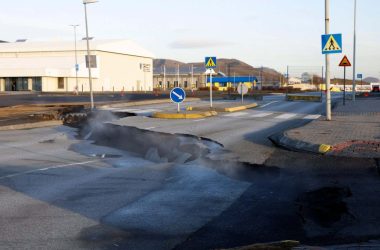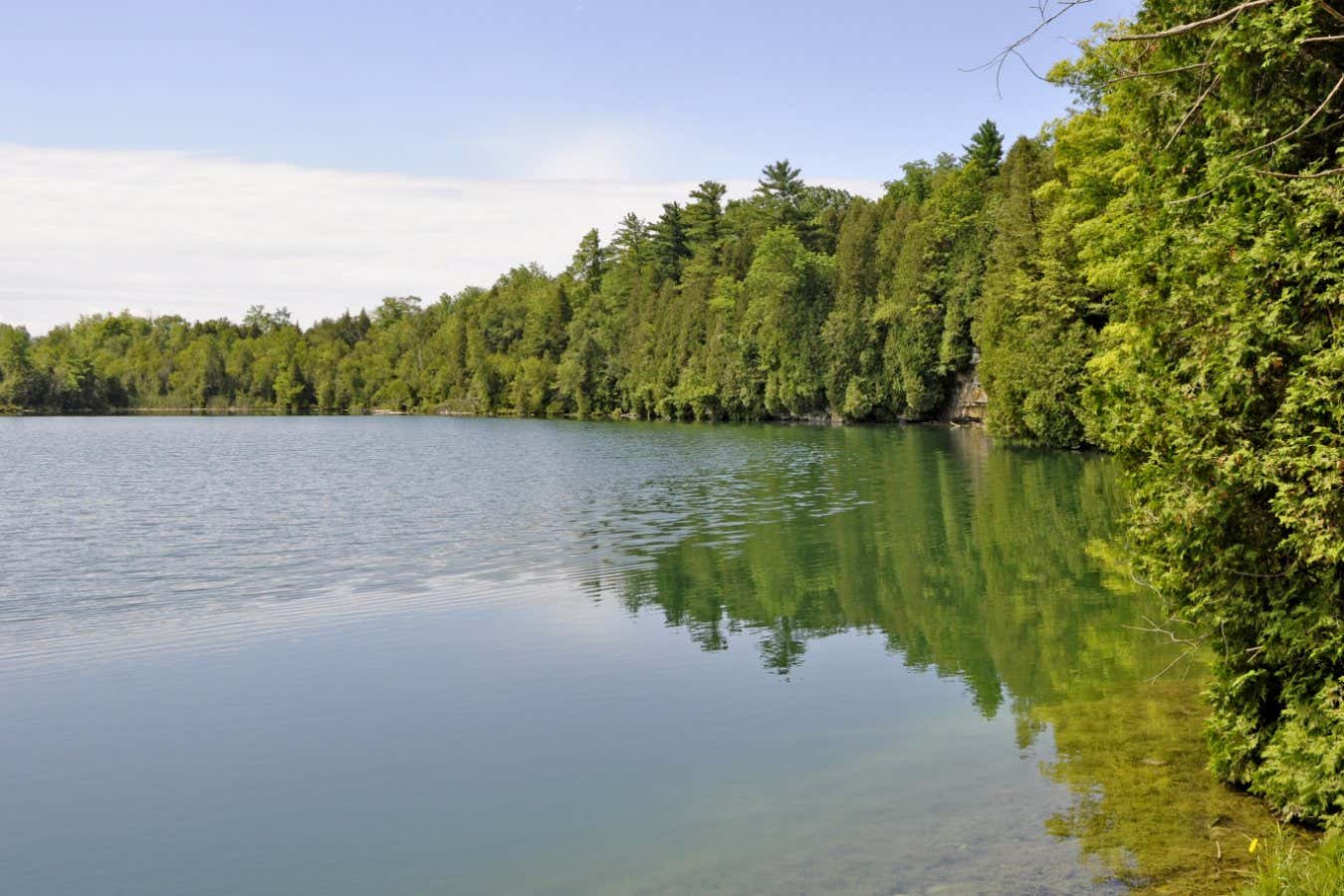The Madygen formation is without doubt one of the world’s richest Triassic fossil beds – however few individuals have heard of it.
GeoExplorersClub
Round 235 million years in the past, in what’s now central Asia, a small reptile fell right into a freshwater lake and settled within the gentle mud on the backside. The creature – named Longisquama, which means “lengthy scales”, after the unusual, feather-like protrusions on its again – in all probability lived in a close-by forest with a bunch of different curious animals, together with a flying reptile generally known as Sharovipteryx and Gigatitan, an enormous mantis-like insect.
Because the Longisquama‘s physique slowly decayed and steadily turned to stone, continents drifted and the panorama above modified, with the lake drying up and reforming quite a few occasions. Then, within the Nineteen Sixties, Soviet palaeontologist Aleksandr Sharov discovered the fossilised reptile and shone a scientific spotlight on this little-known nook of the USSR.
Immediately, the area is in southern Kyrgyzstan, a dusty panorama of vibrant rock outcrops and dry riverbeds framed by the snow-capped peaks of the Turkestan vary. These rocks, remnants of the layers of mud and silt deposited on the lake mattress on which Longisquama got here to relaxation, are referred to as the Madygen formation, after a close-by village. Palaeontologists recognise it as one of the world’s richest Triassic fossil beds and a lagerstätte – a web site with exquisitely preserved specimens – however few different individuals have heard of Madygen.
That appears set to alter. If all goes to plan, this 12 months the area will turn out to be a World Geopark, the primary in…












